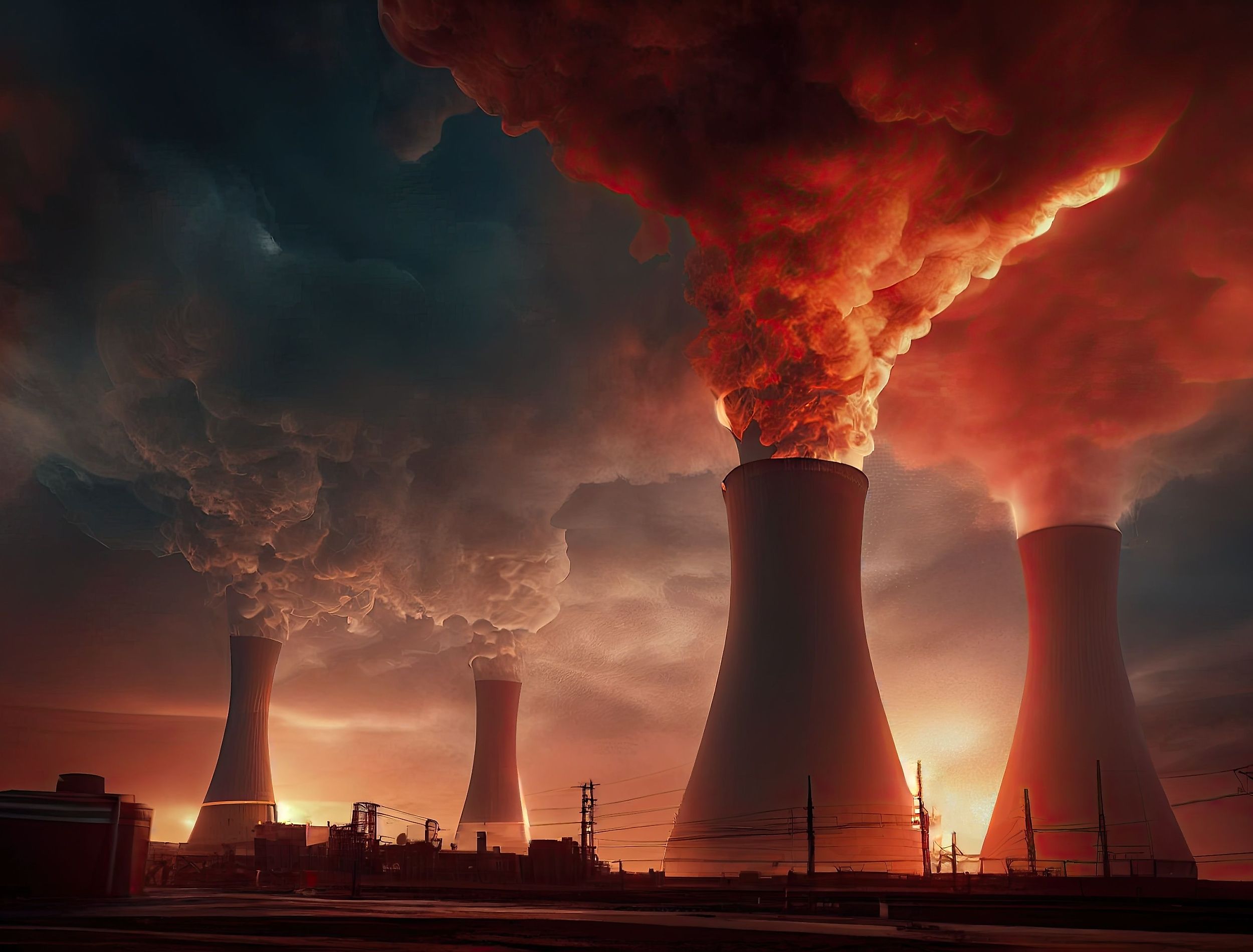35 years since nuclear disaster, Chernobyl warns, inspires
KYIV, Ukraine — The vast and empty Chornobyl Exclusion Zone around the world’s worst nuclear accident site is a baleful monument to human mistakes. Yet 35 years after a power plant reactor exploded, Ukrainians also look to it for inspiration, solace, and income. Reactor No. 4 at the power plant 110 kilometers (65 miles) north of the capital Kyiv exploded and caught fire deep in the night on April 26, 1986, shattering the building and spewing radioactive material high into the sky.
Soviet authorities made the catastrophe even worse by failing to tell the public what had happened — although the nearby plant workers’ town of Pripyat was evacuated the next day, the 2 million residents of Kyiv weren’t informed despite the fallout danger. The world learned of the disaster only after high radiation was detected in Sweden. Eventually, more than 100,000 people were evacuated from the vicinity, and a 2,600-square-kilometer (1,000-square-mile) exclusion zone was established. The only activity was workers disposing of waste and tending to a hastily built sarcophagus covering the reactor.

Radiation continued to leak from the reactor building until 2019 when an enormous arch-shaped shelter covered the entire building. As robots inside the cave began dismantling the reactor, officials felt new optimism about the zone. “This is a place of tragedy and memory, but it is also a place where you can see how a person can overcome the consequences of a global catastrophe,” said Bohdan Borukhovskyi, Ukraine’s deputy environment minister. “We want a new narrative to appear — it was not a zone of exclusion, but a zone of development and revival,” he said.
For him, that narrative includes encouraging tourism. “Our tourism is unique; it is not a classic tourism concept,” he said. “This is an area of meditation and reflection, where you can see the impact of human error, but you can also see the human heroism that corrects it.” The Chornobyl zone saw its tourism increase twofold after the lauded television miniseries of 2019. Officials hope that the level of interest will continue or grow once the global pandemic has receded.
One of the prime draws for tourists is to see the ruins of Pripyat, the once-modern town of 50,000 now being taken over by decay and vegetation. Work is underway to build paths to make it easier for visitors to navigate the ruins. The Chornobyl plant is out of service, but there is still much work at the decommissioned plant. Borukhovskyi said all four reactors will be dismantled only by 2064. Ukraine also has decided to use the deserted zone as the site for its centralized storage facility for the spent fuel from the country’s four remaining nuclear power plants, which will open this year. Until recently, the energy was disposed of in Russia.




